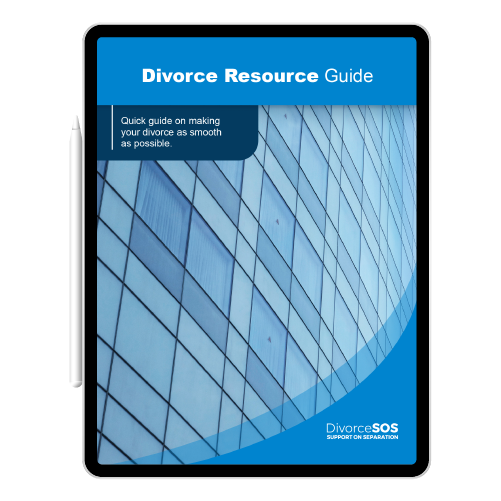Bank Accounts

Savings Fund Balances
In Ontario, every spouse in a marriage has the right to own property with their debts on their behalf. It ensures that if you date someone with pre-existing assets, such as Savings Fund balances, you will not necessarily co-own their money because this asset will only belong to your spouse. When a partner marries with a loan balance remaining, the date of marriage reduction may be raised, and the total family properties may be reduced.
The net family property must be calculated from the date of marriage to the date of separation. Spousal property is considered matrimonial property and is subject to division or equalization. It is also important to remember that spousal property is not always redistributed or equalized after a separation or divorce.
You and your spouse can decide that certain assets or debts of similar value can compensate for everything owed, or you and your spouse can choose not to split anything, leaving your assets untouched. Whatever you and your partner want to do with your money, it is best to base your decision on a complete collection of evidence, also known as a disclosure. Please include the savings balance on the day of the marriage and the date of the separation for this purpose. Both you and your spouse’s financial state records on the date of marriage and the date of separation would also make calculating the net family property much faster and easier.
Learn More About Your Savings & Divorce
While negotiating for a divorce/separation, your savings account records/statement will be used to endorse the bank accounts, securities, pensions, and savings sections of your financial statement, as well as a disclosure form, which is required in
MEET WITH US
DIVORCE REFERENCE GUIDE

